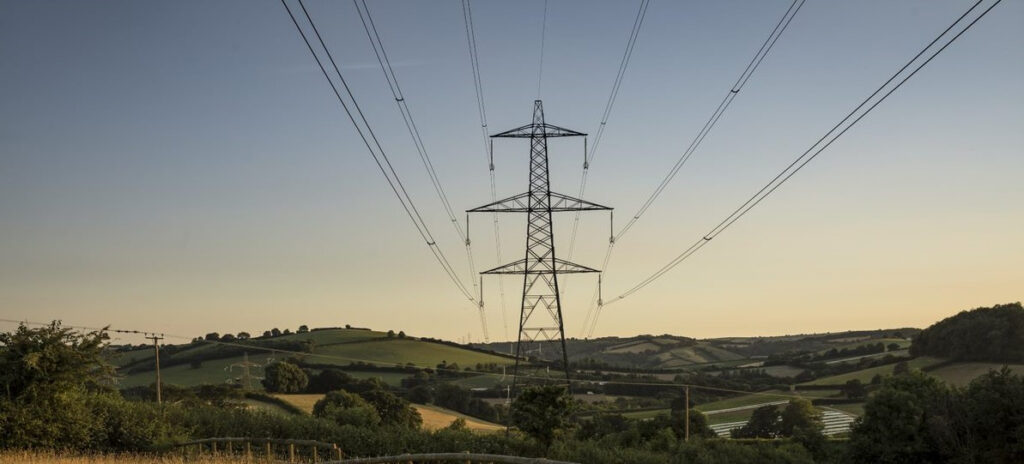National Grid Electricity Transmission (NGET) and the Met Office will use innovative weather data to help expand capacity on the electricity transmission network for renewables as part of a new £545,000 project.
Together the organisations are aiming to explore the value of using higher specification weather forecasts to boost capacity on the electricity overhead transmission power line.
The electricity transmission system is currently limited by the individual power rating or capacity of the circuits, said NGET. Power flows across the grid infrastructure however are changing due to the increase in solar and wind on the system.
Standard assumptions for weather conditions have been historically conservative, meaning assets have operated at ratings lower than their actual capacity.
NGET and the Met Office’s new project, which is being funded through Ofgem’s Network Innovation Allowance mechanism, will look to expand this capacity. It will look to integrate a cloud-based weather forecasting service into NGET’s present Dynamic line rating (DLR) calculation methodology to create significant advances in weather forecasting.
NGET has already explored the feasibility of integrating these high specification weather forecasts into its overhead line rating calculation methodology and started the initial work to develop a demonstrator system, said Anusha Arva, innovation engineer for NGET.
“We’re now looking to take the research forward through a subsequent phase of innovation, with the aim to validate this updated methodology against measurements from specific sections of the transmission network, using devices such as local weather stations, and overhead line measurement sensors.
“The specific sections of the transmission network will be chosen based on a range of scenarios under which Dynamic line rating methodology would need to operate, with focus on sections shaded by dense vegetation and civil structures.”
By taking into account the environmental conditions – including wind speed and direction, ambient temperature, solar radiation etc. – NGET will be able to determine if a these could sufficiently cool a conductor, allowing more power to be pushed through the lines and relieving some of the network constraints.
The Met Office will provide accurate and granular weather data for the project, which ultimately looks to increase renewables in the UK, helping the shift away from fossil fuels.
Ian Pearman, senior scientist for the Met Office added that as generation is increasingly dependent on the weather, the company is working “ever more closely with National Grid”.
“This innovative project has the potential to provide significant improvements in weather forecast accuracy for the energy sector alongside novel approaches to quantifying uncertainty in the forecast. These can be applied to increase confidence in uprating decisions to help achieve the flexibility requirements on the path towards net zero.”
National Grid Electricity System Operator is also looking into improved forecasting in its operations, working with Open Climate Fix to develop a first-of-its-kind solar ‘nowcasting’ service that could enable more efficient balancing actions.





